Fred Astaire and Ginger Rogers' unique chemistry made them one of the most iconic duos of Hollywood's Golden Age.
-
Summer 2024
Volume69Issue3
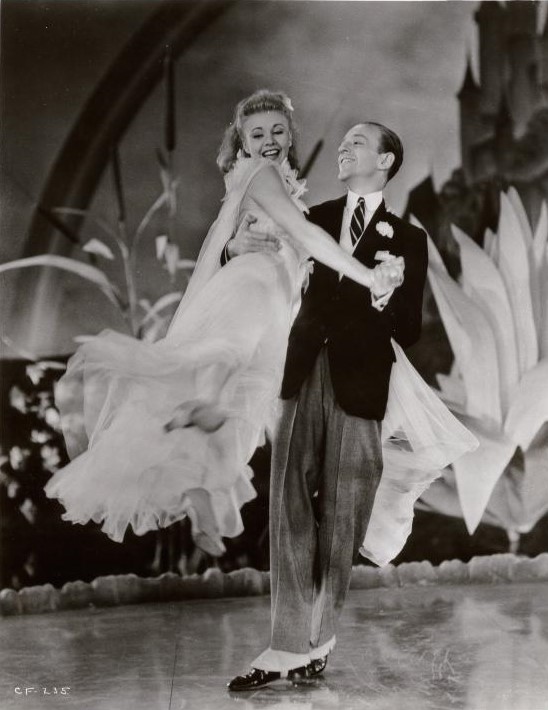
In the winter of 1933, the United States was at the height of the Great Depression. The unemployment rate had reached a staggering 24.9% and close to thirteen million people were out of work. Even elegant Central Park was considered a shanty town, more prominently known as a “Hooverville,” and serving as an encampment for the homeless. But the daily economic struggles did not prevent Americans from making the trek to their local theaters to see the latest musical from Radio-Keith-Orpheum (RKO) Studios, Flying Down to Rio.
With eclectic and extravagant Busby Berkley musicals being the rage, RKO, considered one of the “Big Five” studios, opted to gamble on their own costly musical. Flying Down to Rio starred Dolores Del Rio and Gene Raymond, but it was not them who audiences were flocking to see. Instead, it was Ginger Rogers and Fred Astaire, who received fourth and fifth billing, and enthralled moviegoers with their brief dance, “The Carioca.” Hermes Pan, the young assistant to dance director Dave Gould, suggested that the two emulate the lyrics and put their foreheads together while dancing; the moment their eyes locked, the magic radiated.
“It became apparent, immediately at the first preview, that they were audience favorites,” recalled RKO producer Pandro Berman in 1979. “They had stolen the picture.” Advertisers hailed the “King and Queen of ‘The Carioca,’” and RKO immediately began making plans to capitalize on Astaire and Rogers. Flying Down to Rio marked the beginning of one of Hollywood’s most memorable and enchanting partnerships. Over six years, Astaire and Rogers made nine films at RKO, bringing in more than $20 million and saving the studio from bankruptcy during the Depression. “Audiences hungered for something kind and romantic, and, not to mention. melodic. Their films delivered, as did their chemistry and exceptional talents,” says Astaire’s grandson, Tyler McKenzie.
When they made their first movie together, the two were hardly strangers, having met three years earlier when both were starring on Broadway. At that time, Astaire was ensconced in a successful partnership with his elder sister Adele, and the teenaged Rogers was a fast-rising star. Ninety years after becoming the first dance team to grace the silver screen, the names Astaire and Rogers remain synonymous with one another, and they continue to beguile cinephiles and inspire dancers. Yet this masterful film partnership was not planned; it was a twist of fate, or, as Rogers described it, “a wonderful happening.”
When Astaire was assigned to Flying Down to Rio, it was only his second movie and his first at RKO, but the 34-year-old had just begun his third decade as a professional dancer. Born in Omaha, Nebraska in 1899, Astaire began dancing with Adele at the age of four. The following year, the siblings, along with their mother Ann, relocated to New York, where a multi-decade partnership between the brother and sister was born. Fred and Adele Astaire took Broadway and the London stage by storm in such successful shows as Lady, Be Good! and Funny Face, both featuring music and lyrics by George and Ira Gershwin.
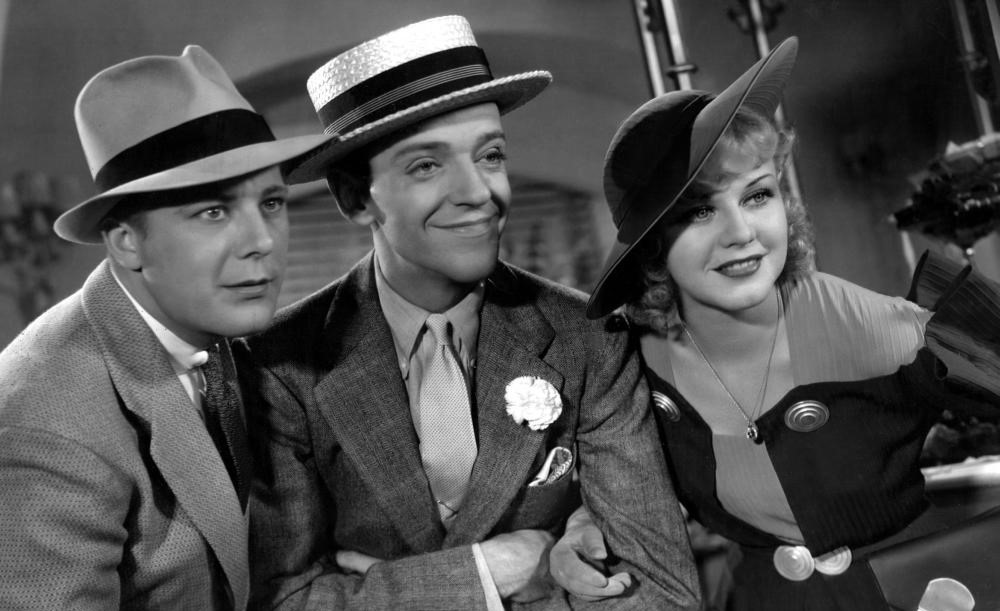
Rogers was born in Independence, Missouri in 1911. After spending her early years in Kansas City, at the age of nine, she moved with her mother, Lela, and her new stepfather to Texas. It was there that she won the Texas State Charleston Championship when she was 14, landing her a stint on the vaudeville circuit and launching her show-business career. In 1930, the 19-year-old Rogers was starring on Broadway in another hit Gershwin show, Girl Crazy. While rehearsing, she was informed that Astaire, a friend of producer Alex Aarons, would be assisting in polishing the show’s dance routines. It was on the “big, thick, ugly awkward rug in the lobby of the Alvin Theatre,” as Astaire remembered it, that he and Rogers first danced together.
After Girl Crazy opened in October, Astaire and Rogers went out on a few dates, dining and dancing at the exclusive Central Park Casino. Bandleader Eddy Duchin complimented the pair on how good they looked on the dance floor, but, at the time, dancing together professionally was the furthest thing from their minds. In the summer of 1931, Rogers’ vivacious personality and strong work ethic garnered her attention on the West Coast, and she left New York for Hollywood with a contract to appear in motion pictures.
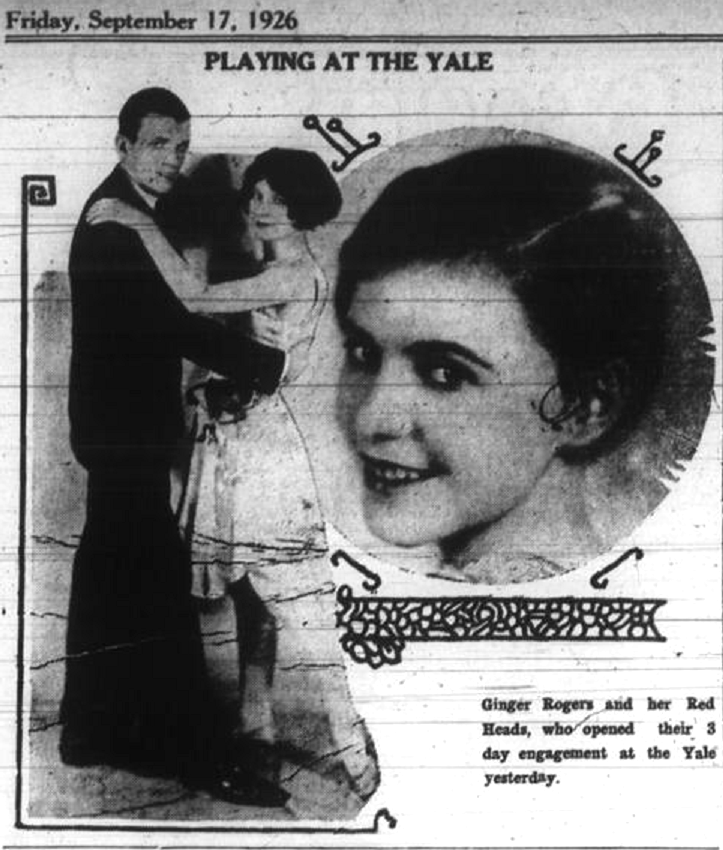
Within two years, Astaire, now a lone act after Adele decided to marry and retire from the stage, began making plans to venture out to Hollywood and enter the movie business. But while Rogers’ future in Hollywood appeared promising, Astaire felt less certain about his prospects. Insecure in the knowledge that he did not possess the “Romeo” persona of a leading man like Clark Gable, he received this assessment on an early screen test: “Absolutely no screen personality.”
After making Dancing Lady (1933) at Metro-Goldwyn-Mayer (MGM) with Joan Crawford, Astaire signed with RKO and awaited word on who his female dancing partner would be in Flying Down to Rio. Actress Dorothy Jordan was originally assigned the role, but she opted to marry the head of the studio, instead. Rogers had also recently signed with RKO, and she was surprised to learn that, in her twenty-second movie, she would be working alongside Astaire. When she first arrived in Hollywood, Rogers had little desire to pursue the musical genre, preferring to enhance her acting abilities in dramas and occasional comedies. Since the studio did not grant her authority to accept or turn down roles, she had to do what she was assigned.
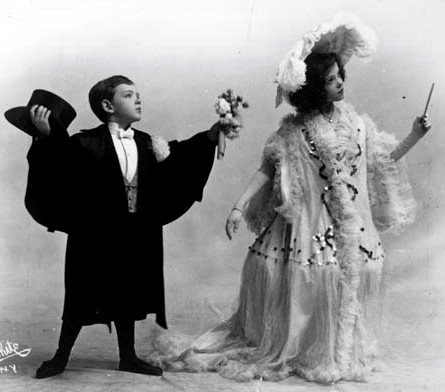
While RKO’s production staff and casting crew were oblivious to Rogers’ ability as a dancer, Astaire was not. The two put a lot of time into rehearsing their one dance, “The Carioca,” but they considered themselves merely supporting characters. After Flying Down to Rio was released in December 1933, the producer Pandro Berman saw the obvious potential in pairing Astaire and Rogers, and he swiftly scored the rights to two stage shows for the duo: Gay Divorce, which had starred Astaire, and Roberta.
Before beginning production on The Gay Divorcee (1934), RKO changed the title of the movie because the Motion Picture Production Code deemed the word “divorce” unsuitable, Astaire signed a new contract with RKO that made him the first talking-pictures star to receive a percentage of his films’ profits. He also asked for total artistic control of his musical numbers. On stage, Astaire had starred in Gay Divorce with Claire Luce, and she was more attuned to slow, romantic dances like “Night and Day” than was Rogers, who had never received any formal dance instruction. Any concerns that Astaire may have had about his new partner mastering the steps and tempo disappeared during their intense rehearsals. Recalling the success of the drama, Astaire boasted of Rogers, “She just sold it beautifully. She knew how to sell it.”
Musicals encompassed more than reading scripts and memorizing dialogue, and the preparation for Astaire and Rogers’ movies began a few months before filming started. Astaire was an adept choreographer who had created most of his routines with Adele, but when he was introduced to Hermes Pan on the set of Flying Down to Rio, he was impressed by the 24-year-old dance assistant’s skills and creative imagination.
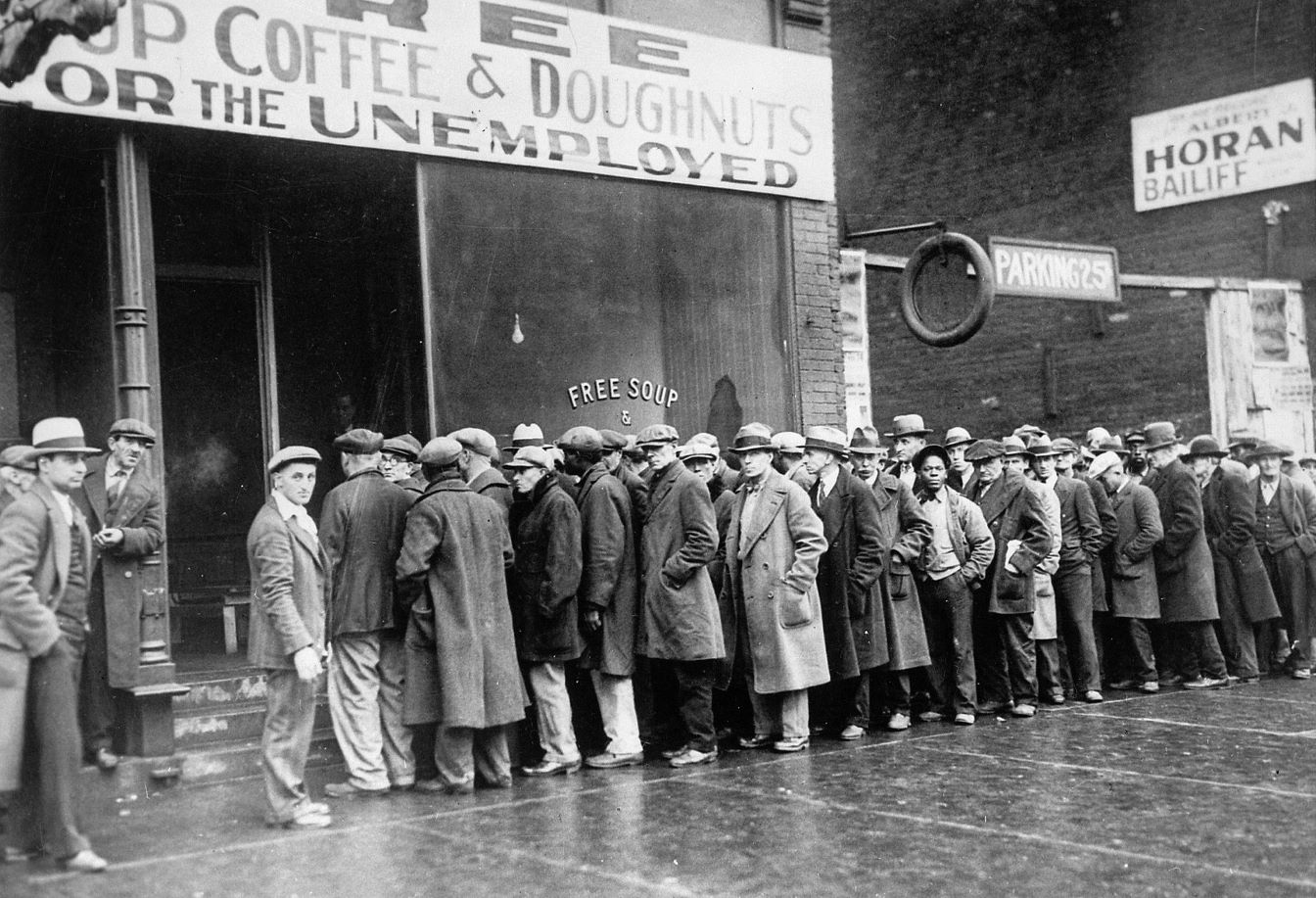
Coming from Memphis, Tennessee, Hermes Pan’s family moved to New York when he was in his early teens. There, he developed his love for dancing by becoming a chorus boy. In 1929, he and Ginger Rogers crossed paths when they were cast in the Broadway musical, Top Speed. Once he established a name for himself in Hollywood, Pan shifted his attention to choreography and scored a contract with RKO. Swiftly becoming one of Astaire’s closest friends, Pan was a mainstay throughout the ten Astaire and Rogers movies.
Beginning with their third film, Roberta (1935), Astaire crafted original solo routines for himself and the numbers he did with Rogers. He later recalled that it could take a couple of days for an innovative idea to come to one of them, and a whole routine would not be complete until two to three weeks later. Due to Rogers’ rigorous schedule at RKO, she was frequently filming another movie when rehearsals for the next musical began. If the actress was unable to join rehearsals at the onset, Pan would dance her part with Astaire and subsequently teach her the steps.
When Rogers was present during the creative phase, the choreography was a group effort. Rogers’ personal assistant, Roberta Olden, says she considered herself the “button finder,” either adding something to the end of a routine or completing an idea. It was she who suggested the two wear roller skates in the iconic “Let’s Call the Whole Thing Off” dance in their seventh movie, Shall We Dance (1937), and during the romantic “Change Partners” routine in Carefree (1938), she suggested that her character perform while under hypnosis.
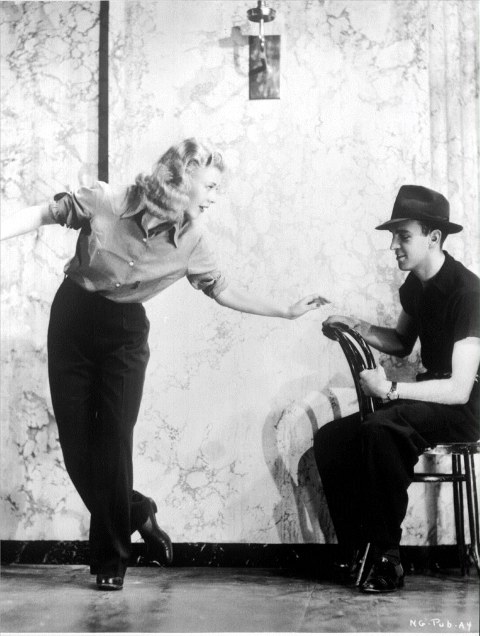
Hermes Pan was assigned the responsibility of holding auditions and hiring dancers for the grand ensemble routines like “The Continental” in The Gay Divorcee and “The Piccolino” in Top Hat (1935). Astaire insisted that only he, Rogers, Pan, their pianist, Hal Borne, and sometimes, whoever was composing the music, be allowed into the rehearsal hall. A renowned perfectionist, he did not want the director or producer to view an unfinished routine. Additionally, Pan kept the director, Mark Sandrich, and the producer, Pandro Berman informed of the length of each routine and the number of extra dancers needed.
Dances were designed to develop the romance between the two main characters. Hermes Pan viewed the medium of dance as a “physical expression of an idea,” saying, “You can do things in dance that you wouldn’t dare say because it’s an abstract art.” Astaire also noted that Rogers’ talent as an actress, including her response to his character serenading her, allowed them to achieve romance without being too overt. “We told more through our movements, instead of the big clinch,” he said. “We did it all in the dance.”
The lively tap dance routine called “Hard to Handle” in Roberta was the only dance in the entire RKO series performed on a true hardwood floor. The others were completed on a Bakelite vinyl floor, which was difficult for the performers to maneuver on. Although the polish gave the floors a luminous look, Pan noted that, after one brief take, the cleaning crew was brought in to remove scuff marks, which prolonged the filming process. Wearing heels, Rogers recalled how easy it was for her to turn her ankle a certain way and slip on the pristine floor.
Several of the most iconic songs that encompass the Great American Songbook, written and composed by Irving Berlin, Cole Porter, George and Ira Gershwin, and Jerome Kern and Dorothy Fields, were introduced in the Astaire and Rogers films. Berman noted that recruiting such prodigious songwriters was not hard for the studio, explaining that “we used Fred and Ginger as the attraction, as the lure to (such songwriters). They all wanted to write for these two people.” The songs “The Continental” and Swing Time’s (1936) “The Way You Look Tonight” both won an Academy Award for Best Original Song.
Another key feature of the RKO series was the “Big White Set” created under the guidance of set designer Van Nest Polglase. The studio spent an exorbitant amount of money crafting dreamlike images of settings such as London and Venice, and this was most apparent in Top Hat. Although it was the fourth Astaire and Rogers movie, it was only the first to have an original script written especially for them. Irving Berlin was enlisted to create unforgettable songs such as “Isn’t This a Lovely Day?,” “Top Hat, White Tie and Tails,” and “Cheek to Cheek.” The stars were supported by a stellar cast including Eric Blore, Helen Broderick, Edward Everett Horton, and Erik Rhodes. Top Hat became RKO’s biggest hit of the 1930s, even breaking the record at Radio City Music Hall, where the response was so enthusiastic that additional policemen were called.
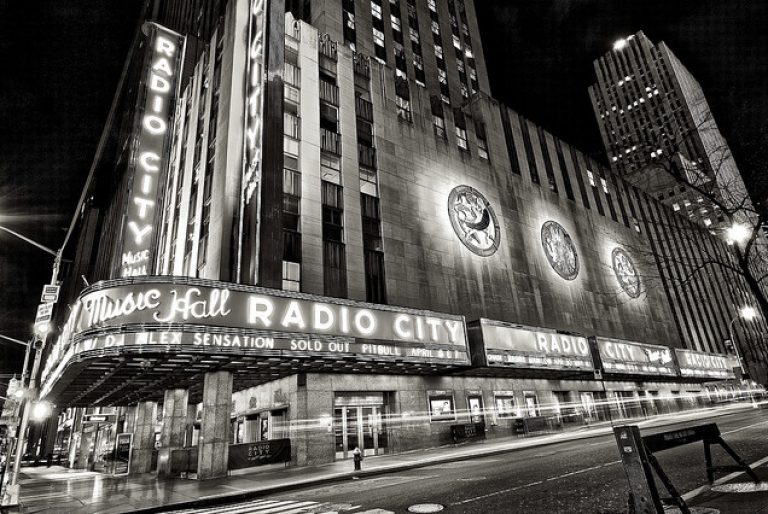
The pair’s sixth movie, Swing Time, had a different aura than their previous films, and that was due to the direction of George Stevens, who had started as a cameraman with Stan Laurel and Oliver Hardy. This apprenticeship led him to develop the approach that “comedy could be graceful and human,” explained his son, George Stevens, Jr., in a recent interview.
The director had no desire to create another screwball comedy; he wanted Swing Time to capture truth. “These were not characters full of antics, they were real people,” elaborated George Stevens, Jr. As a result, Swing Time was considered a middle-class version of Top Hat, depicting the struggles of the working class during the Depression. As an actress, Rogers strove to hone her craft, and she spent a lot of time studying the script and understanding her character. “She had her own ideas on the persona of each character she portrayed,” remarked Olden, Rogers' assistant, “and she could put her stamp on it by applying her emotions and acting ability.” Stevens’ portrayal of the economic crisis was one reason why Rogers had a fondness for Swing Time, and playing Penny Carroll allowed her to combine her talents in ways she had not in her previous films.
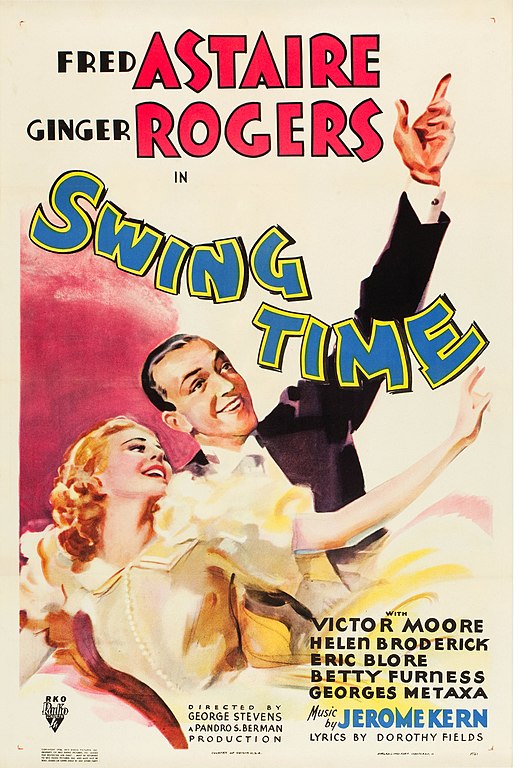
Often described as their most affecting dance, the climatic “Never Gonna Dance” in Swing Time was also the most intricate. In this “dance of parting,” Astaire and Rogers completed several spins while climbing nearly thirty stairs. Filming went late into the night, with Astaire sweating profusely and changing shirts more than five times. Rogers had to stop several times to dry her damp hair, and her feet developed blisters, causing her to bleed through her shoes. The cast and crew celebrated after a successful forty-seventh take.
With RKO wanting to draw attention to their top box office earners, the publicity department composed fallacious stories of arguments and fits thrown on the set. Rogers remembered publicists watching her and Astaire during filming, anxiously waiting for one to trip the other during a dance. The stars vehemently denied the rumors, stating that they had a harmonious professional relationship. Although they may have occasionally had different views on how something should be done, it never led to heated fights or lingering bitterness.
Sometimes, the stars had different opinions on the practicality of one of Rogers’ specially designed gowns. She had a keen eye for aesthetics and worked with notable designers such as Irene Maud Lentz, Walter Plunkett, and Bernard Newman to create elegant gowns for their routines. She had a particular rapport with Newman, who “took her ideas and put them on paper,” remembered Olden. Rogers envisioned even the most minute details, from the material to the color, and strove to create something that perfectly reflected the dance and the mood.
Despite the box office power of Astaire and Rogers, critics often referred to the plots of their nine movies at RKO as simple and insipid. This charge often flustered Astaire, who insisted that their films were not silly, but an “escapist type of entertainment.” There was never any doubt that their characters would unite in the end, because, as Pandro Berman said, “The minute the names of Astaire and Rogers go up on the marquee, the audience knows they belong together.” Yet the writers continuously produced the standard script about the pair meeting, dancing, parting, and reuniting.
Although Swing Time received a rapturous reception and is one of the more revered Astaire and Rogers films, the profits were not as large as those for Top Hat and its successor, Follow the Fleet (1936). Audiences grew tired of seeing different versions of the same movie. Also, the two stars were yearning to achieve individual success. Rogers earned rave reviews for her dramatic performance in Stage Door (1937), leading her to negotiate a new contract with RKO that gave her more authority over the roles she accepted. Damsel in Distress (1937), directed by Stevens, partnered Astaire with Joan Fontaine. The movie earned Pan an Academy Award for Best Dance Direction and received positive reviews, but it became Astaire’s first film to lose money.
Once they had completed The Story of Vernon and Irene Castle (1939), Astaire and Rogers had fulfilled their contractual obligations. After nine movies in six eventful years, it was time to go their separate ways. Rogers’ stardom continued to climb in the 1940s, and she swiftly earned an Academy Award for her performance in the 1940 drama, Kitty Foyle. As one of the most sought-after and highest-paid actresses in Hollywood, she went on to star in box office hits such as The Major and the Minor (1942), Lady in the Dark (1944), and Weekend at the Waldorf (1945).

In the ensuing months after his last movie at RKO with Rogers, Astaire went through what Hermes Pan described as a “crisis.” The choreographer admitted in a 1972 interview that it often infuriated Astaire to see Rogers so readily accepted by the public as a solo star. Gradually, he began to find his footing once again as a freelance actor, first co-starring alongside the renowned tap dancer Eleanor Powell in MGM’s Broadway Melody of 1940, and going on to make two films with Rita Hayworth at Columbia.
No matter the partner, the inevitable comparisons to Rogers never failed to be made. Astaire praised Powell’s matchless tap-dancing skills, but he admitted in a 1949 interview, “She’s a little too big for me.” Rita Hayworth, he said, was “technically pretty good,” but she was also too tall and did not “fit my type.” Astaire acknowledged that the chemistry he had with Rogers was a “special and untouchable thing.”
After completing Blue Skies (1946) with Bing Crosby, Astaire formally announced his retirement. But it did not take long for him to grow listless, and he and Rogers began discussing working together once again. Before they could finalize anything, Astaire was pulled out of retirement to replace an injured Gene Kelly in MGM’s Easter Parade with Judy Garland. Then, in the summer of 1948, Rogers received an unexpected phone call from an MGM executive asking if she would be willing to replace Garland in their next musical starring Astaire, The Barkleys of Broadway. After reading the script, and negotiating a higher salary, she readily agreed to put her dancing shoes on again. For the first time, Astaire and Rogers starred in vivid technicolor.
Astaire and Rogers performed the hit number “Let’s Face the Music and Dance” in their fifth movie, Follow the Fleet (1936). From Youtube
Just as Fred Astaire had avoided repeating dance routines, he also chose not to sing tunes from his preceding films. He made an exception in The Barkleys of Broadway when Rogers suggested he perform George and Ira Gershwin’s “They Can’t Take That Away from Me,” which was originally written for Shall We Dance. To Rogers’ dismay, they had not danced to the song in that movie, but twelve years later, in The Barkleys of Broadway, they did. The result was a poignant and stunning performance after their ten years apart. It was apparent to audiences and critics alike that the magnetism was still there.
In the decades following their tenth and final movie, the duo thrilled audiences by making occasional public appearances together, such as at the 1967 Academy Awards and the premiere of MGM’s That’s Entertainment! in 1974. When Astaire was honored by the Lincoln Center in 1973, he warmly recognized Ginger Rogers, who was there that evening, saying, “When I was working with Ginger, it was like heaven on Earth. She had all the talent anybody could have.”
Every public reunion ignited conversation about the famous duo working together one more time in a movie musical, but when Astaire made it clear that he would no longer dance before the camera, Rogers accepted that. “To me, Fred will always be Mr. Terrific,” she said in a 1976 interview, “I would love to perform again with him, but Fred says he’s not interested. He would rather we be remembered as we were.”
Their final public reunion occurred in March 1986 when the Joffrey Ballet orchestrated a tribute to Hermes Pan, recognizing his incomparable choreographic contributions. The following June, Fred Astaire, regarded by many pundits as the “greatest popular music dancer of all time,” died at the age of 88. His passing led Rogers to reflect on their friendship and magnificent collaborations. Having worked with some of Hollywood’s most renowned actors in her 73 films, she wistfully observed, “I’ve not had other partners with the same quality. I’m bound to say that he’s the tops. The best. The unique one.”
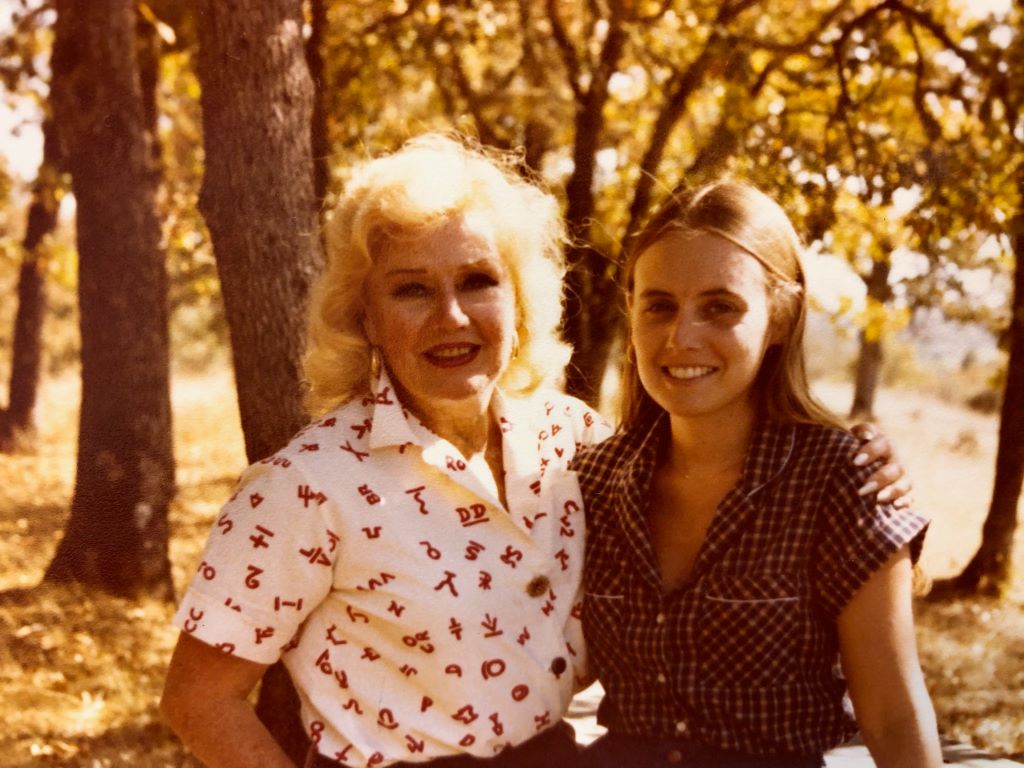
Three years later, she again mourned the loss of a key figure in her life and career when Hermes Pan died at the age of 80. Although he had worked with Astaire and his various partners over three decades, he remembered that “there was a certain magic between Fred Astaire and Ginger Rogers. There have been other partners with Fred, and Ginger’s danced with other men, but there’s never been the same electricity that has happened as when Fred and Ginger danced together.” When Ginger Rogers passed away in April 1995 at 83, she was lauded for her impressive career and rare versatility. Even after their deaths, Astaire and Rogers remained perpetually linked, and fittingly, they are buried in the same memorial park in Chatsworth, just north of L.A.
In the nine decades since Astaire and Rogers first danced “The Carioca,” writers and critics have attempted to explain the unique chemistry that existed between them, but it is impossible to define something so organic that not even the stars themselves could completely comprehend it. Their enthusiasm continues to emanate, providing us with a lasting reflection of their camaraderie. “They truly enjoyed making these films, and they enjoyed working with each other, and had a good time,” concludes Roberta Olden, “Their movies were a beautiful representation of a very interesting time, with a little fantasy included.”
“The Astaire and Rogers movies offered moviegoers hope, humor, escape from real-world conflict, grace, elegance, and sex appeal during a period of our history when such distractions were an elixir,” says Tyler McKenzie. It is the magic and mysticism in the way Astaire and Rogers moved together that continues to enrapture us, and the image of them beautifully gliding across the dance floor remains timeless and undiminished.

